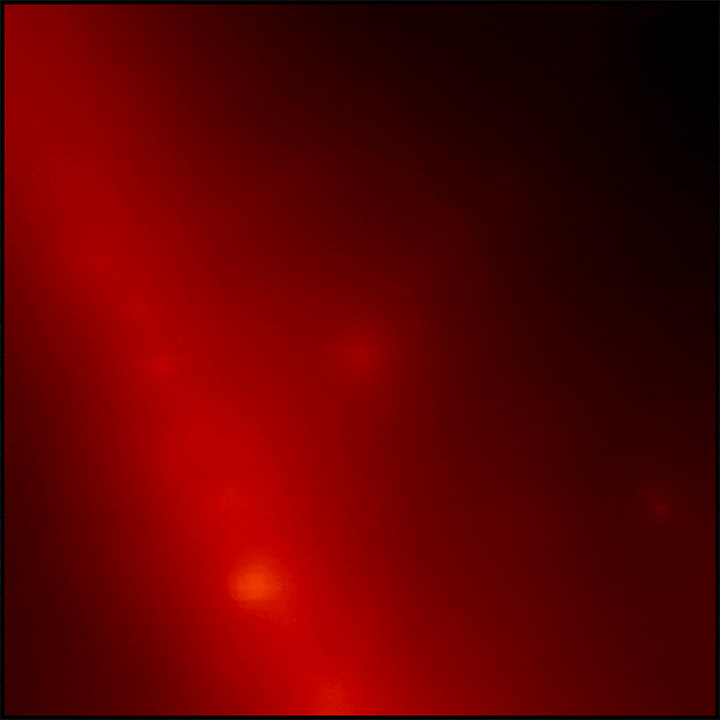Astronomers around the world were recently captivated by the capture of a rare cosmic blast detected over 2 billion light-years away. NASA detailed the blast in a report on its website. The explosive outburst was detected by NASA’s Fermi Gamma-ray space telescope, the Neil Gehrels Swift Observatory, and the Wind spacecraft.
The cosmic blast was first detected on Sunday, October 9, 2022. NASA’s Swift, along with other telescopes around the world, quickly turned toward the source of the blast to try to capture as much data about it as possible. NASA says the explosion, which is known as GRB 221009A, provided scientists with an unexpected send-off for the 10th Fermi Symposium.
The Fermi Symposium is essentially a gathering of gamma-ray astronomers in South Africa. Together, the astronomers study gamma rays and inspect data that they’ve managed to capture over the past year or so. So, to have this cosmic blast hit the day that the event started was quite exciting, the scientists say.

While James Webb has detected supernovas in the past, and we’ve even watched a supernova happen before, this particular cosmic blast was something exceptional, NASA notes. The blast, which happened over 2 billion years ago when a star collapsed in on itself, was so powerful that we may not see another one like this for a decade.
Space is an intriguing and beautiful mystery, and cosmic blasts like this only allow for even more studying of the birth of black holes, like our galaxy’s supermassive black hole. The more we learn about these celestial objects – including how they’re born – the better we’ll be able to understand how they work, and perhaps even capture more images of black holes to study, too.
Looking for more space news? Skywatchers can peer into the sky later this month to view the annual Orionid meteor shower. Plus, scientists now say that climate change on Mars could have been caused by ancient microbes now burrowed deep below the surface.








